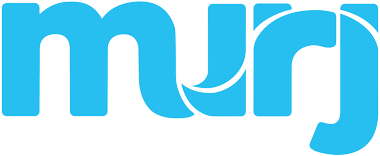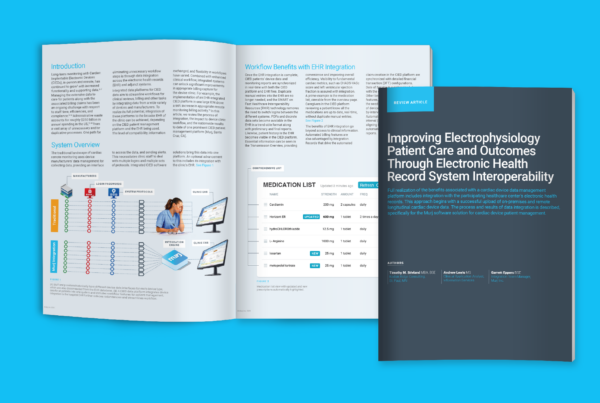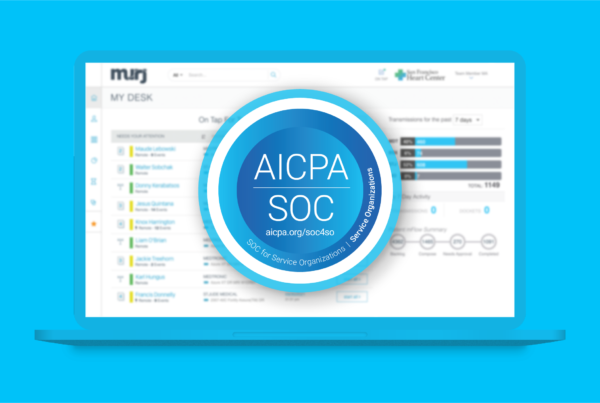Cardiac implantable electronic devices (CIEDs) are some of the most advanced medical technologies available. Like other forms of complex technology, CIEDs are not immune to recalls, advisories of potential risk, and other safety and performance issues.
CIED manufacturers are proactive about notifying physicians and clinics of any CIED performance or safety concerns in the form of advisories. But for healthcare providers, staying on top of these device advisories is not exactly a walk in the park.
The challenge of managing impacted patients
Clinicians are intimately familiar with the dreaded “Dear Doctor” advisory letters from device manufacturers. While these letters contain relevant information regarding device issues—including actionable guidelines for mitigating risk to patients—determining impacted patients and managing implementation ultimately falls on clinic staff.
After receiving a letter, clinicians need to work quickly to determine which—if any—patients in their care are impacted by the advisory, and how to proceed in addressing the situation. For clinics with sizable patient populations, this can mean days or weeks of manual effort for both physicians and staff.
Advisory management was stuck in the dark ages
For years, clinics have handled advisories with paper-based workflows, custom spreadsheets, and outdated software. Clinicians must cross-reference affected serial numbers with patient device lists to determine impacted individuals. Because patient device lists are provided by manufacturers based on implant data, they don’t reflect patients that have left or are new to the practice, perhaps having received their implant at a different clinic.
For clinics already stretched thin by staffing constraints, it is a massive challenge to find impacted patients using these outdated patient lists. And once patients are found, there is no system of record or reporting to definitively track and verify compliance with the advisory.
These manual, time-consuming workloads present obvious risks to care providers, including excessive labor effort, low staff morale and satisfaction, and—most importantly—potential delays and errors that can impact patient safety.
At Murj, we know that true innovation happens when we ask more of the tools that power our daily lives. Our cardiac device management solution is purpose-built to help clinics streamline operations and run more efficiently. We understand that managing advisories the old fashioned way is a process rife with frustration and risk. So we decided to do something about it.
Harnessing the power of automation
Murj recognized the lack of modern tools to manage advisories and the burden the entire process was putting on clinics. Drawing on our vast experience empowering care providers with tools that enable better care more efficiently, we reimagined advisory management.
Murj Advisory Management encompasses an automated process that instantly identifies impacted patients and an end-to-end care management workflow for care delivery, monitoring, and reporting. It’s a hyper-efficient tool that reduces the advisory management process from weeks to just minutes.
4 Ways Murj Advisory Management improves clinic workflow
Murj Advisory Management empowers users to identify, track, and manage advisories in just a few clicks. Let’s look at four key ways Murj helps a clinic optimize advisory workflow.
1. Timely notifications of new advisories
Murj delivers automated advisory notifications from all of the major device manufacturers (Medtronic, Boston Scientific, Abbott, and Biotronik). When a new advisory is announced, clinics receive a message in the Murj platform with the advisory title, a short description, and a link to view all impacted patients on the Advisory Administration page—all within 48 hours of disclosure. Murj keeps clinics up to date with timely advisories and the tools to take action immediately.
2. Population insight, at last
Murj has always been committed to delivering valuable population insight. Advisory Management is no different. It provides essential reporting, including status reports for all advisories, and prioritization of impacted patients by clinical risk or condition. With Murj Advisory Management, clinics get instant visibility into all devices and patients that need attention, saving weeks, if not months, of valuable clinical time.
3. Manage advisory updates during in-office visits
When uploading data during an in-office visit, Murj users are notified immediately if the patient has a device or lead that is under an advisory. This allows clinic staff to catch an issue and take action before the patient leaves the office, saving staff the valuable time and effort of scheduling a future appointment.
4. Drag-and-drop serial number matching
Easily upload device serial numbers under advisory and let Murj handle the rest. Impacted patients are automatically identified based on the file uploaded, and bulk action capabilities in Murj can place all the impacted patients into an immediate advisory remediation workflow. Clinic device management teams no longer have to comb through spreadsheets manually to determine which patients need attention. Murj Advisory Management provides a readout of all patients impacted by an advisory and allows care providers to initiate mitigation plans in just minutes.
Advisories are a fact of life—the workload doesn’t have to be
Rapid innovation will continue to breed more complex and capable CIEDs, meaning advisories are inevitable. But the clinical burden doesn’t have to be. Murj Advisory Management empowers clinicians to manage advisories without headaches, hassles, or risks, allowing care providers to focus on what really matters: their patients.
Interested in learning more about Murj Advisory Management and how it can help your clinic? Connect with Murj today.





